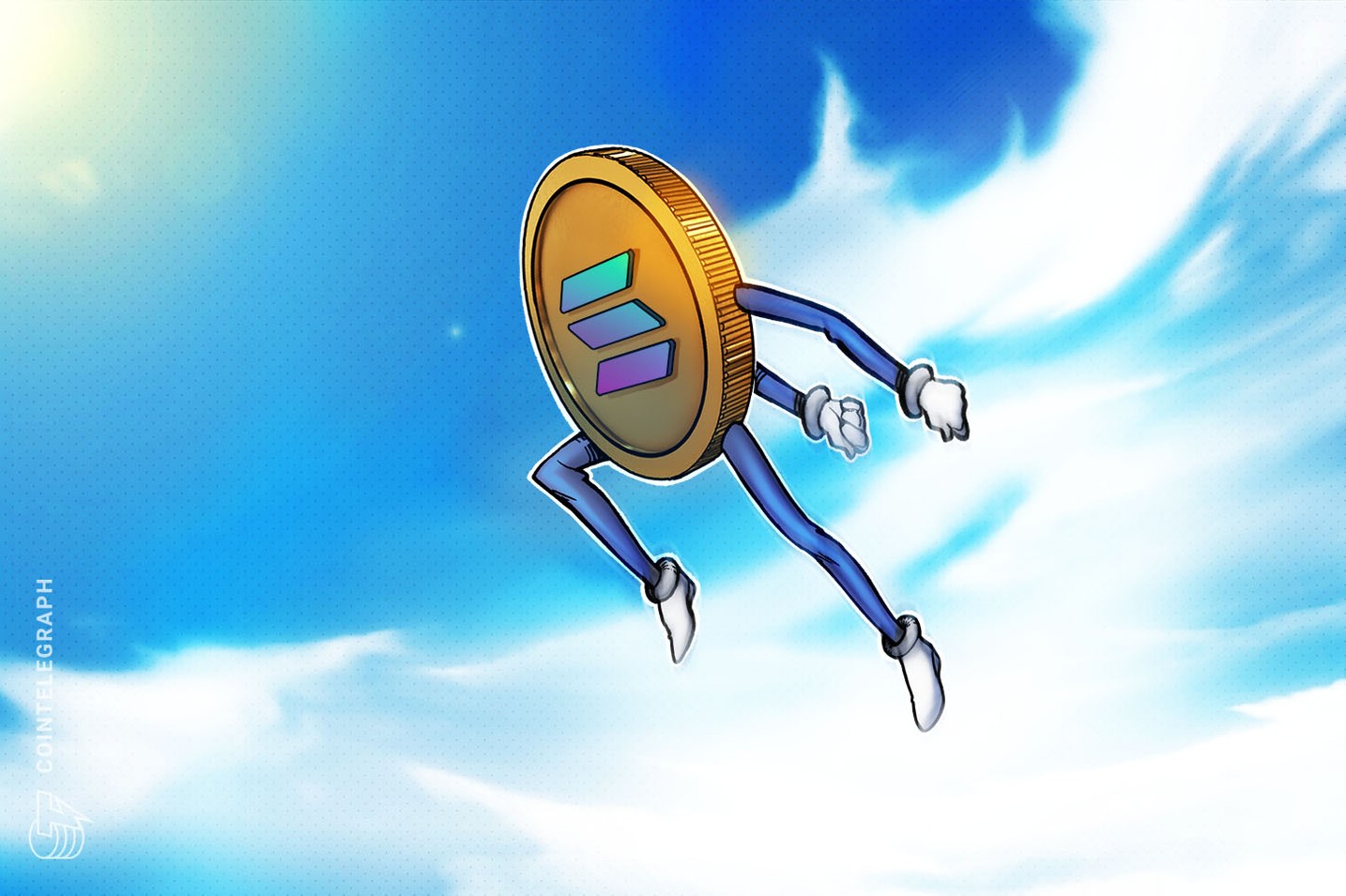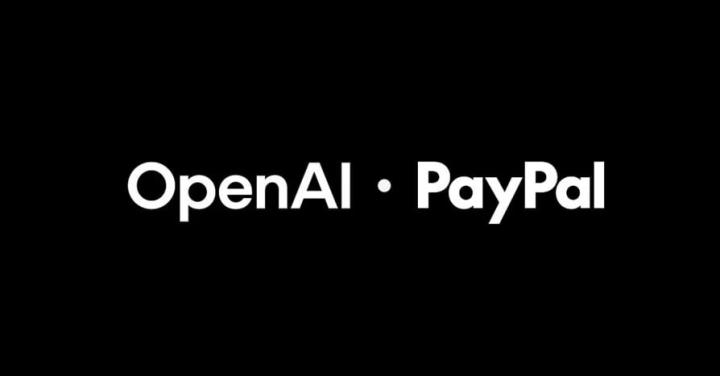Author: Yash
Compiled by AididiaoJP, Foresight News
Original title: 99% of people don’t understand: The crypto world is actually divided into two types
I used to think of the crypto world as a complete system, but recently my perspective has shifted and I’ve started to view the crypto world from a builder’s perspective as two main areas:
Narrative Crypto World
Practical Crypto World
I will explain how to understand them exactly and how to build projects from them and make money.
Practical Crypto World
They are often the "best deals":
Wallets (@Phantom, @MetaMask)
Stablecoins (USDT, USDC)
Exchanges (@HyperliquidX, @Raydium, @JupiterExchange)
Launchpad (@pumpdotfun)
Bots and Trading Terminals (@AxiomExchange)
Decentralized Finance (@aave, @kamino, @LidoFinance)
These projects have practical application scenarios and can generate huge profits.
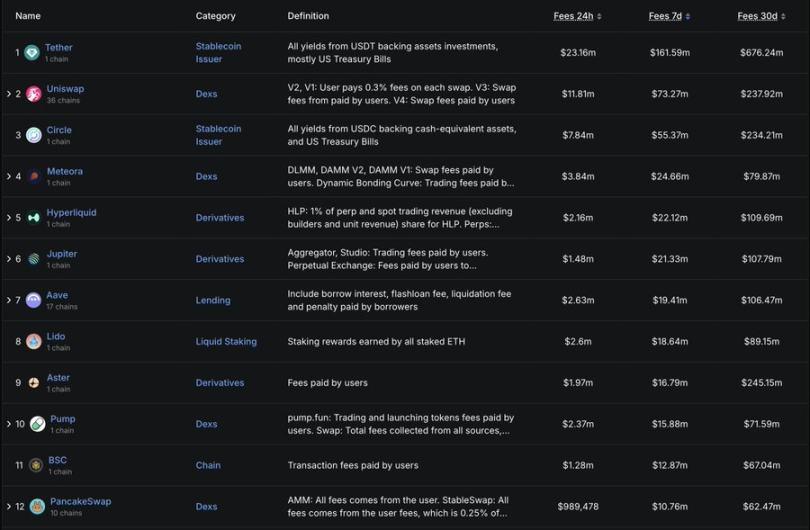
The projects generating the highest fees in the crypto world
Narrative Crypto World:
Usually has a good story and vision (worth $100 billion+) that is powerful enough to change the world:
Bitcoin (The Story of Digital Gold)
AI x Encryption (most GPU infrastructure and agent frameworks)
Decentralized science or intellectual property related (Story Protocol)
Newer L1/L2 (e.g., stablecoin L1 or perpetual contract L2)
Privacy (@Zcash)
Restaking and any infrastructure
x402
It generates almost no revenue, but the token price rises because the story attracts institutional and retail investors.
Now, the narrative crypto world and the practical crypto world are not mutually exclusive.
Think about this:
Zcash does have some usage (5-10k transactions per day), but it currently has a very strong privacy narrative, which is why it has gained more attention, and it’s likely that this attention will also drive its utility.
Similarly, @CoinbaseDev's x402 has barely any usage, but it's a hot topic lately and will surely drive more awareness and usage through speculation.
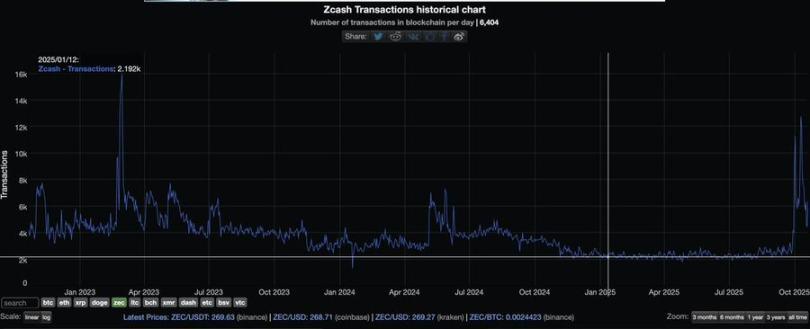
Zcash daily transactions (Source: bitinfocharts.com)
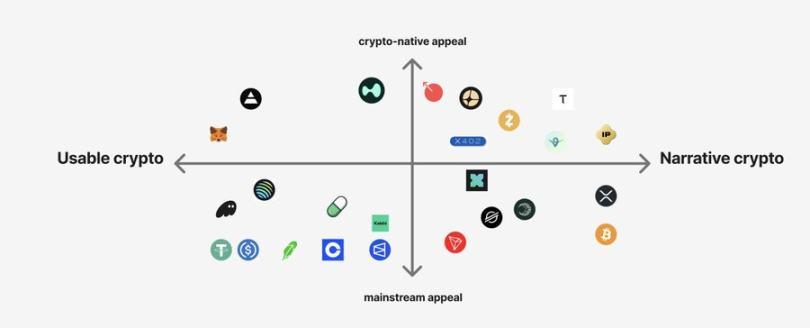
Both are equally important because they reinforce each other:
Narrative-driven crypto world → Speculation, speculation-driven → Utilitarian crypto world adoption
In the world of utility-based crypto, your product (users) is king, while in the world of narrative-based crypto, your community is king.
Builder's Dilemma
Every builder faces this dilemma: whether to build for a narrative crypto world or a practical crypto world.
A rule of thumb is:
If you’re good at the attention game and influential enough to create a movement, you should be building for the narrative-driven crypto world.
For example, if you are good at token economy games (and centralized exchange listings/small circles), you should focus on building a grand narrative and vision.
Of course, if there is enough momentum, it will become useful enough. For example, in blockchains like Solana, capital does attract talent and makes these chains useful.
If you want to have a $1 billion+ narrative, you have to think from first principles about what unique things can be achieved using the crypto technology stack.
Is the vision compelling enough to create a $100 billion+ market if successful? Is it exciting enough to generate hype among retail investors?
For example, Plasma has a trillion-dollar stablecoin market narrative, leading to a token generation event with a valuation of $14 billion, despite no actual usage yet.
If you’re good at building products, you should build for the utility world of crypto, where you try to solve a niche problem (e.g. Axiom for Memecoin traders, or a DeFi protocol).
The practical crypto world is about building; what a trader or crypto-native user would need directly through a terminal/exchange.
It doesn’t have to be just to fuel speculation; the same product can have non-speculative use cases, such as stablecoins for payments.
Narratives are also important here. For example, for Polymarket, their narrative is the prediction market. Because narratives can indeed attract users, narratives can be regarded as marketing.
You can eventually do both, but it's best to focus on one or the other initially, and identifying your strengths can be quite difficult. You have to find your strengths.
For traders
You have to always bet on the narrative.
You’re betting on the narratives you believe will be most forward-looking in the coming weeks, months, or years.
Everyone who trades tokens is playing the game of “attention arbitrage,” buying things that are gaining attention and selling things that have already lost their popularity. For example, the rotation from perpetual contract tokens to privacy tokens, and now AI tokens.
You have to bet on the teams that you think can gain traction and become the alpha and beta targets for a given narrative. If they can do that, your bet will take off.
Summarize:
Both practical and narrative crypto worlds are important aspects of the crypto space.
As a builder, always start by picking one and making it very strong in either narrative or practicality. Once you have one strong, you can then expand to the other, which is the ultimate goal.
Twitter: https://twitter.com/BitpushNewsCN
BitPush TG discussion group: https://t.me/BitPushCommunity
Bitpush TG subscription: https://t.me/bitpush




